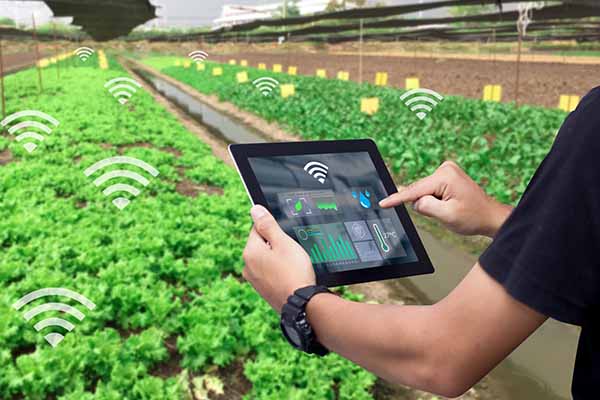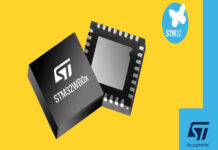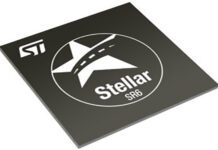A potato plant asking the farmer to water is not a thing we see in sci-fi movies anymore. It is a reality and is happening on a large scale across the world. In this article, we will look at how 5G adoption have leading smart farming through widespread digitization.
The advent of 4G and now the emergence of 5G have disrupted industries through widespread digitization. Newer use cases for the Internet of things (IoT), artificial intelligence (AI), and machine learning (ML) are coming to the fore. These are also driving down the costs of sensors due to economies of scale. Therefore, more sectors and even smaller organizations, and startups are able to replicate these use cases to their advantage.
While these IoT-enabled devices offer tremendous potential and opportunities to disrupt industries and impact our lives for the better, these will not be able to fulfil their potential unless the data captured by them is stored and processed to derive actionable insights. Therefore, data and storage solutions are critical for the success of these use cases.
My Potato is Better
The agriculture industry has started to realize the potential of IoT to manage crops better and maximize yields efficiently. By deploying sensors, farmers are armed with potent and previously unimaginable powers. They can communicate with their crops! The sensors can share information on moisture, fertilizer, soil quality, and irrigation or pesticide needs. They are also equipped to report on current weather patterns and what’s more – even predict the weather.
With all this timely information, farmers can make informed decisions and improve crop management and analysis. For example, a potato farmer can remotely monitor potatoes’ quality. Through historical data, they can even decide the right plant density needed for a healthy potato crop.
This ability to monitor and track current and predictive data has given rise to smart farming. It can improve yield and crop quality and ultimately help increase farmers’ income levels. Agriculture plays a vital role in India’s economy. Over fifty-four percent of the total workforce is engaged in agricultural and allied sector activities (Census 2011). This accounted for 17.8% of the country’s Gross Value Added (GVA) for the year 2019-20 (at current prices). Imagine the impact smart farming could have on a country like India.
Data of Things
Simply put, the IoT is the digital network of connected devices, machines, platforms, and systems enabled by smart sensors. It communicate using the Internet — all without human assistance. According to a report, the number of connected IoT devices worldwide will jump 12% on average annually, from nearly 27 billion in 2017 to 125 billion in 2030. Moving from general-purpose to purpose-built data storage solutions is important to create the most value out of IoT data.
Cloud, Edge, Endpoints – The IoT Data Journey
Starting with the cloud, we have high-capacity drives – now reaching 22TB and even 26TB. They store massive amounts of data, including from IoT devices, for big data use cases. Then we migrate to the edge, where data is often cached in distributed edge servers for real-time applications. Finally, we reach the endpoints, where data is generated by connected devices. The key is reducing network latencies and increasing throughput between these layers (cloud-to-edge, edge-to-endpoints) for data-intensive use cases.
To capture and process a huge amount of data in IoT and AI use cases, it is essential to use a mix of hard drives (HDDs) and solid-state drives (SSDs) to achieve the best TCO and data responsiveness that these use cases demand. Western Digital offers high-capacity performance NVMe SSDs that offer low latency to data and high availability of data.
With network speeds improving in India, new and interesting use cases will emerge. We must note that data will be core to all these use cases. Therefore, it will be critical to capture, preserve and process it on reliable storage solutions to unlock the potential of data.
About the author:

Jaganathan Chelliah is Senior Director – Marketing, India & Middle East and Africa at Western Digital.















